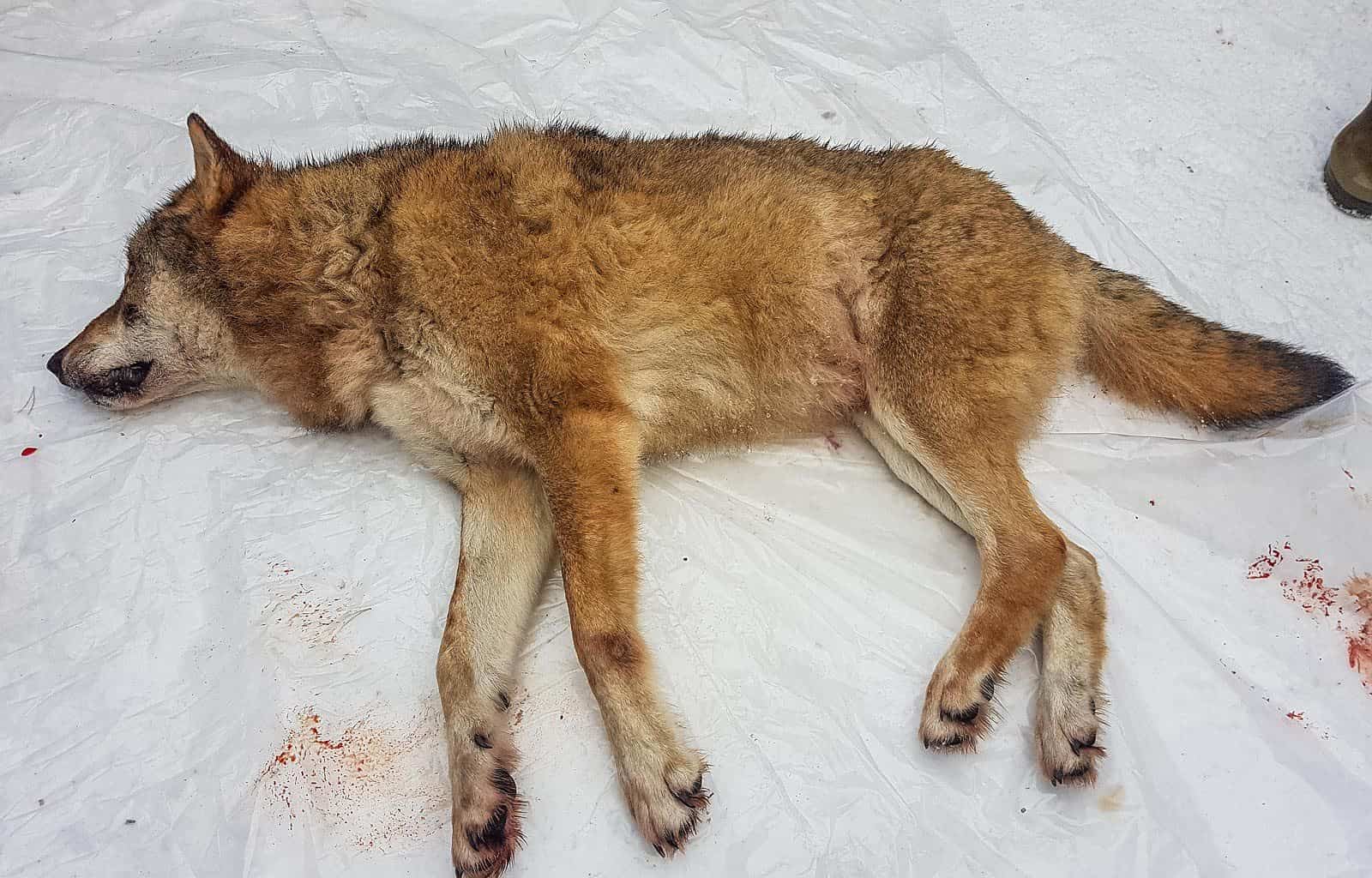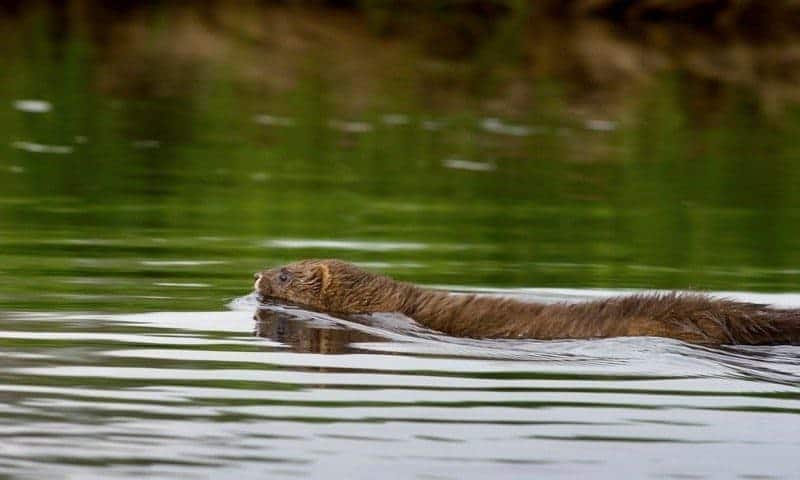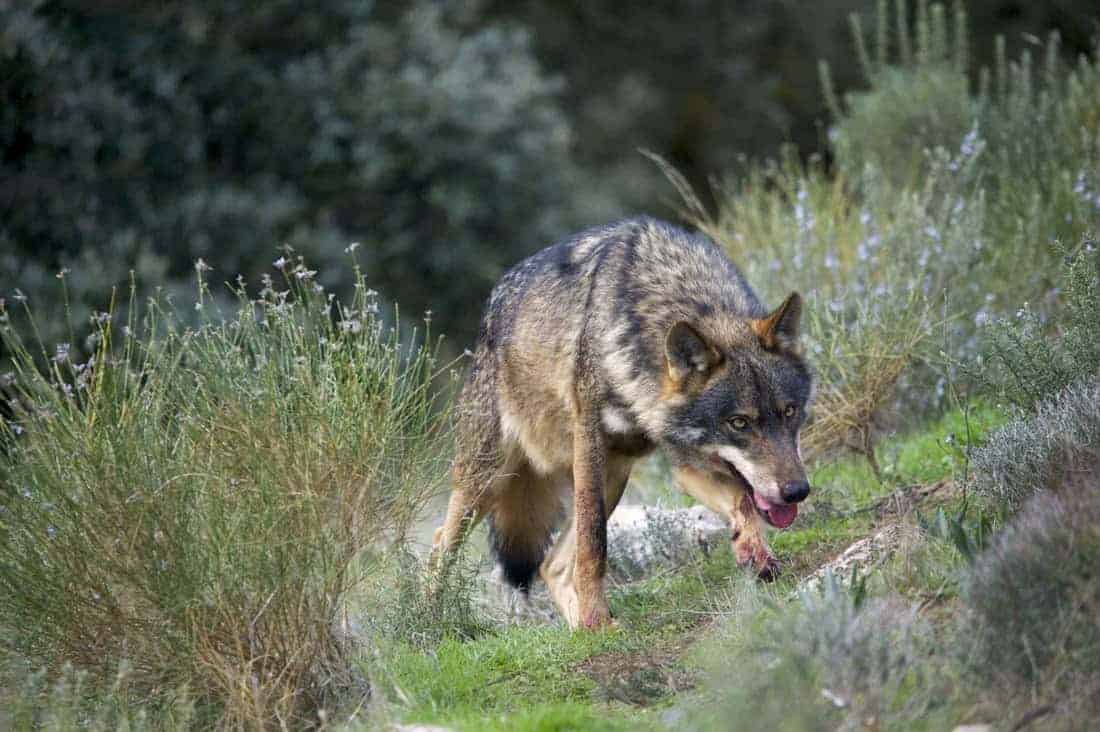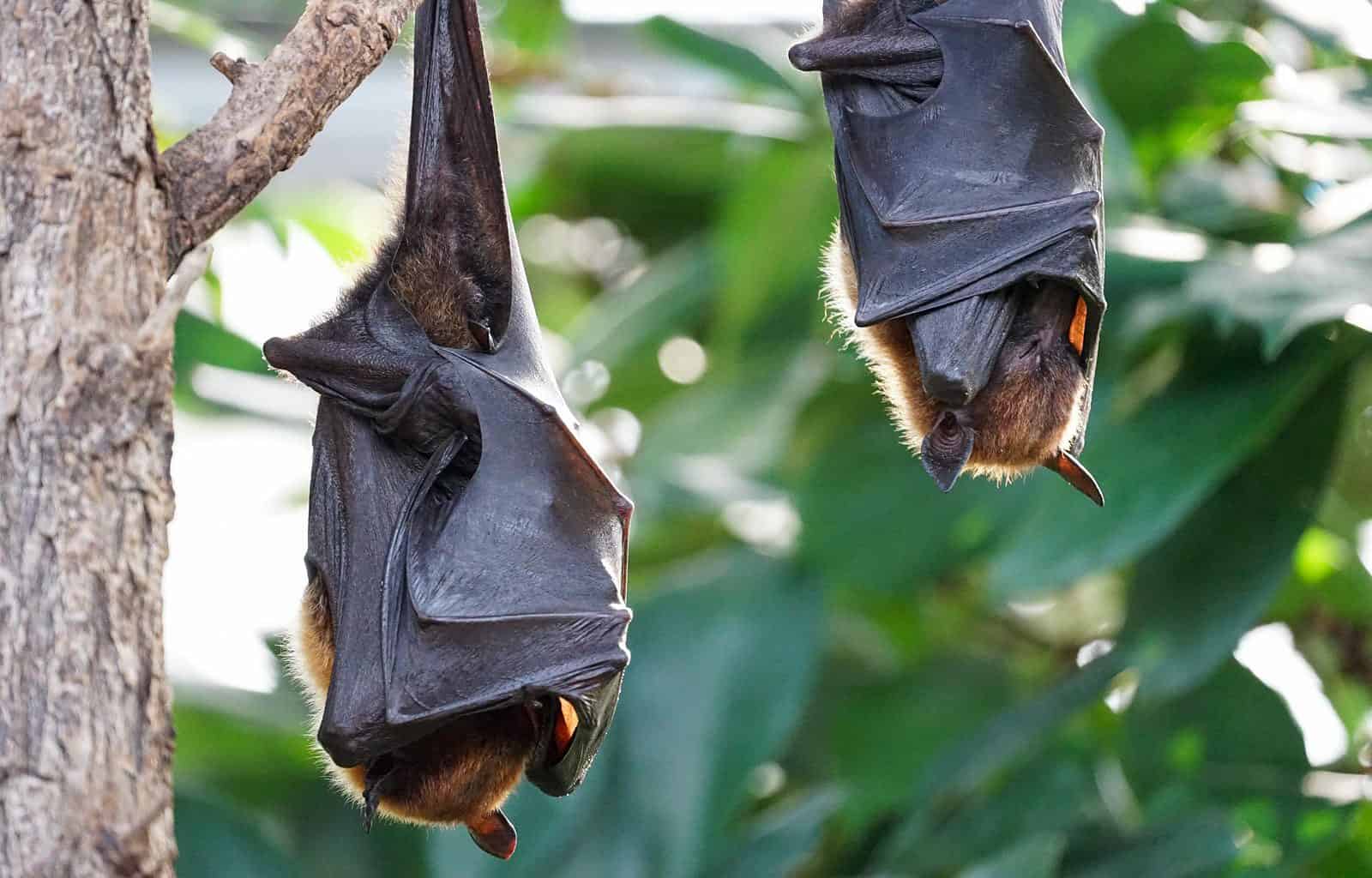GPS-collaring wolves to make their hunting easier?
In Norway, three members of the Progress Party presented a new law in the parliament to put a GPS collar on every wolf in the country. The aim of doing so is to identify more effectively, which wolf caused the damages to livestock. Making the GPS data available when official request for culling has been given, it would be easier for hunters to track down and kill the ‘problematic wolf’.
Please also read: 180 hunters kill one Wolf pack in Norway
As there is a lot of information where wolves in Norway are, the proposers believe it should be easy to collar the wolves. Using satellite data, it would be easy to detect wolves that are in grazing priority areas. Then, when the permission to kill the wolf is obtained, the data on its exact location to the hunters would be released. In this way, it would make the hunt much more efficient. Hunters would not have to bother much with finding the wolf first before killing it.
In addition, the Party would also like to decrease the size of the wolf zones by 20%. This would result in more space to the local population and for livestock grazing. Even now, the wolf zones only cover about 5% of the total territory of the country. There, the target is to have four litters each year in Norway and two more on the border with Sweden.
Wolves in Norway
A recent preliminary report shows that there are between 86 to 96 wolves in Norway. However, almost half of them live on the border with Sweden. The majority of wolves live in wolf zones, where there is protection for them and no hunting. However, in 2019, even wolf zones were no longer safe for wolves. That is because the government decided to kill an entire pack within one of the zones based on the argument that there are too many wolves. In the previous years, the hunting quotas were so high that hunters killed even half of the entire wolf population. To this, the public responded with an international protest. Norway’s wolf policy also likely does not fulfill the Berne convention regulations, as the target of maximally 6 wolf reproductions per year is well below the requirements.
The main reason for wolf hunting in Norway is strong pressure from the hunters to hunt the wolf because of the urban-rural divide in the country. The rural areas are emptying as more people take up the urban lifestyle. This, the rural population views as a threat. The urban population views the wolf as a symbol of nature that humans need to protect. Yet, the rural population sees them as a newcomer and an urban idea. Therefore, they do not welcome the wolf and would rather kill it, as hunting is also a tradition for them.
GPS collaring abused?
Scientists use GPS collars as a very commonly tool to track wolves and other wildlife. They can provide an insight into the animals’ ranges, daily movement as well as dispersal and diet. Some of the collars can also provide information on the body temperature or mortality. Therefore, GPS collars can be a great way to obtain a lot of useful information with a minimum impact on the animal. However, as seen from the case above, the information from collared animals can easily also be abused for non-scientific purposes.













